With a veritable Linux-based gaming OS at hand, the dream of not using the Windows system for PC gaming is more realistic than ever before in 2022. Though Valve pulled the short straw with its first iteration of SteamOS on PC, things are way different now that the Steam Deck has launched. For the first time in... forever, the Linux Operating System challenges the idea that “PC games” inevitably mean games on the Windows platform, representing a viable alternative operating system for gaming.
Now, to be perfectly fair, SteamOS 3 is not a perfect product. Practically speaking, Valve is still polishing the edges of both Steam Deck and SteamOS 3. Neither of the two is in perfect condition as a gaming operating system, and hugely important features are being added on a practically weekly basis.
However. The core functionality is there, and the sheer value of having a proper, gaming-focused Windows alternative is incredibly potent. Today, we'd like to discuss that and, perhaps, explain what makes SteamOS on PC such a promising prospect in the long run if you want to improve gaming performance.
SteamOS on PC: Is Gaming OS Finally Happening?
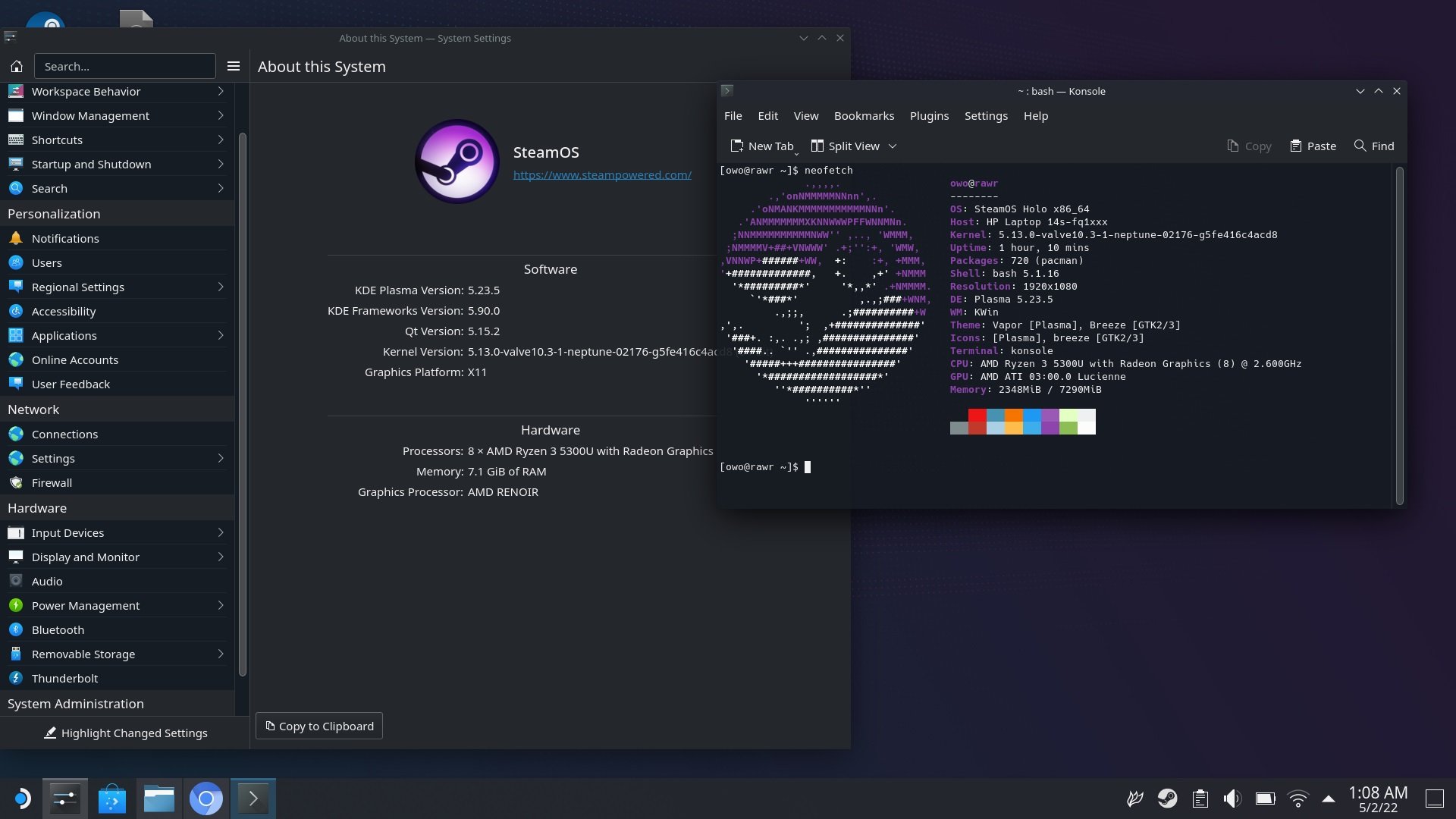
First things first, it's worth pointing out that the Steam Deck's UI will replace Big Picture mode in any given Steam client you could possibly be running. This is great, because not only is Deck UI better than Big Picture in every feasible way, but it's also way snappier and smoother to boot. This, however, is not what we're talking about here.
SteamOS 3 is, in effect, an evolution of the old concept of SteamOS running on Steam Machines. Yes, we know - that's a lot of 'Steam'. No going around it, we're sorry to say! No, since Machines were relegated to third-party hardware specialists such as Alienware, Valve could do pretty much nothing to prop them up any further than it already did.
Unsurprisingly, Steam Machines ended up falling through, and Deck naysayers still use them as an example of how Valve handles large-scale projects such as this. As we're now in the middle of a huge Linux gaming push with SteamOS 3 leading the way, though, things seem different enough to make a difference.
SteamOS 3 is, at its core, an evolution of the concepts that Valve had been developing with Machines. It's the gaming-focused parry to a more generalist Microsoft approach for an operating system for gaming. A lean and mean software suite meant to improve gaming performance.
The thing about SteamOS 3, though, is that it's a Linux-based operating system. Up until a couple of months back, gaming on Linux was mostly a niche consideration, and the vast majority of games simply could not run on it, no matter what you did. Thanks to the wonderful translation layer that is Proton, however, Valve has managed to skirt this issue to great effect. Does it have the potential to become a rival for the best OS for gaming? Only time will tell.
How does SteamOS 3 differ from other Linux distros as an operating system for gaming?
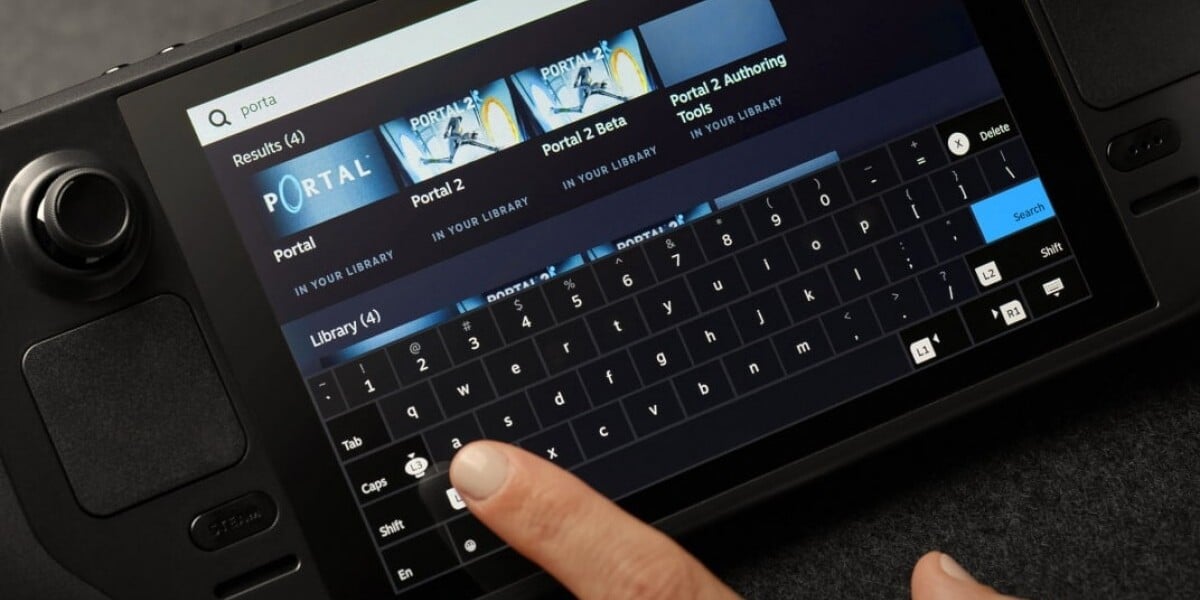
Indeed, Proton - or Steam Play - is the secret sauce here. This purpose-built fork of Wine, the baseline Windows translation layer, has been bulked up to support a practically unprecedented number of Windows-exclusive PC games. Sure enough, Steam Deck currently has "only" about 2,500 Verified games, but Proton allows you to play way more than that.
Those who already have a Deck can attest to this! A huge number of games billed as 'Unsupported' will, in fact, run. Some features might not work in some ways, as was the issue with Persona 4 Golden's cutscenes, but that's about the extent of problems you can expect. The list of supported software is growing with each passing day, and Proton takes care of virtually everything else.
SteamOS 3 also comes with a ridiculously impressive suite of extra gaming features, such as:
- AMD FSR built into the OS
- TDP caps
- Framerate caps
- GameScope overlays (FPS, energy expenditure, etc.)
- GPU clock modifiers
- Built-in hardware diagnostics
- Sleep Mode
And heaps more. And, sure enough, many of these are only truly relevant on a handheld PC, but the fact that Valve could deploy these means that desktop-oriented options could be set up with relative ease, too, keeps it in the running for the best gaming OS.
Can anybody use SteamOS 3?
SteamOS 3 also comes with two different modes of operation. The first is pure gaming: the Steam Deck frontend. The second, however, is the so-called 'Desktop Mode,' which is a neat and simple Linux desktop. This means that the majority of lightweight workloads and office work can be done on SteamOS, too, and the presence of the Discover applet means you can download whatever software you might want or need.
So - yes. Anybody can use SteamOS 3!
What's Different This Time?
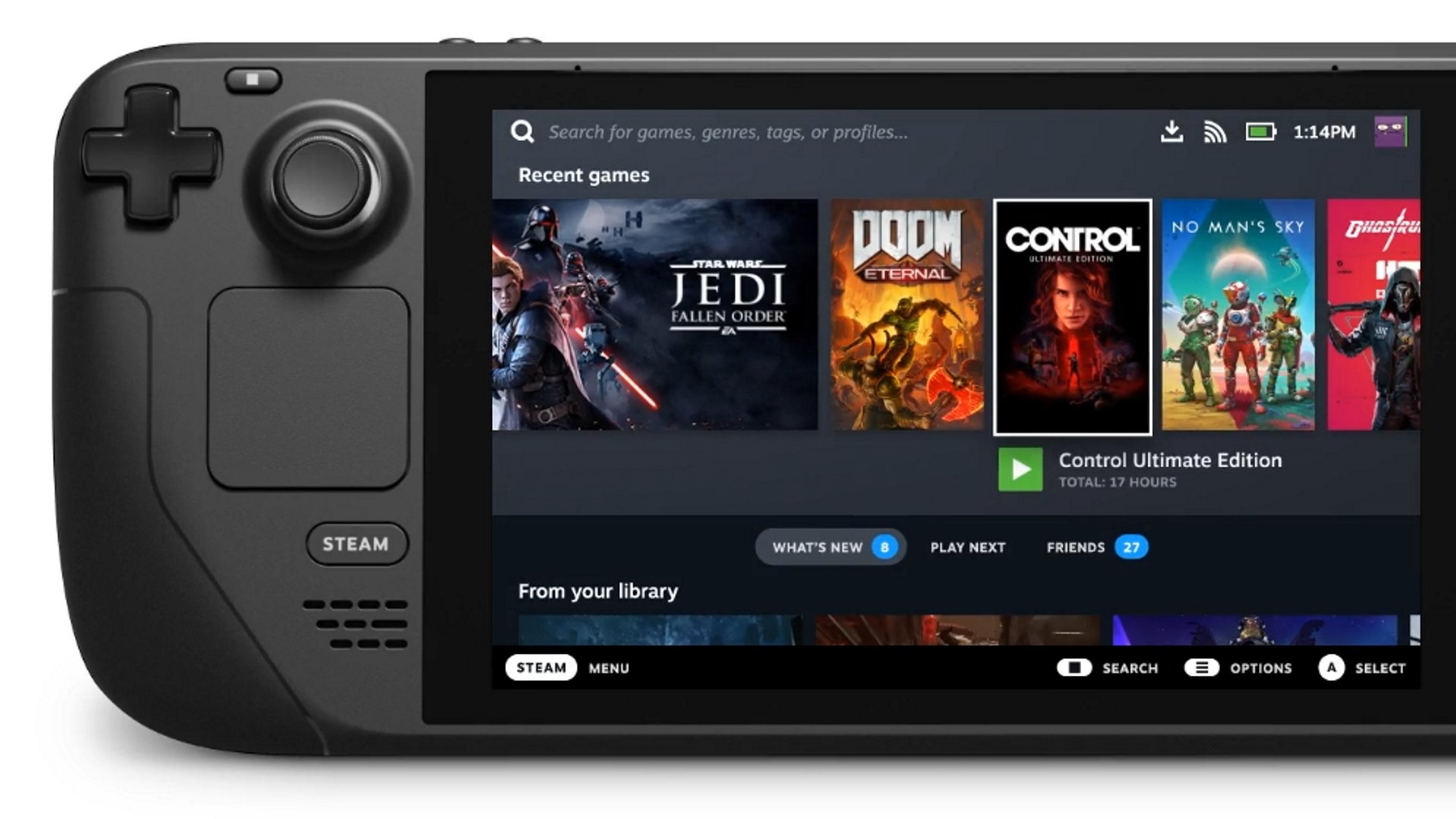
Keeping all of the above in mind, you're probably still wondering: what makes this version of SteamOS any better than the previous one as an operating system for gaming? The answer, then, is its age. Valve never really stopped working on a Linux-based operating system, and it shows. Whereas SteamOS was a hobbled version of Windows on its first go, it's a hyper-focused alternative to Windows in 2022, instead. With Machines, Valve forgot to offer something uniquely interesting, and the fact that Deck is a handheld gaming PC that doesn't cost an arm and a leg immediately makes the whole package way more palatable.
The fact that you don't have to ignore 2/3rds of your gaming library by switching to Linux is a huge boon. In fact, now that we've seen how SteamOS 3 works in action, we're all but certain that Valve can reach over 90% game coverage in due time.
No less important is the fact that you don't have to pay for yet another Windows OS license if you're building a simple gaming rig for your living room. Just throw SteamOS 3 on there and you're practically golden! At least, that ought to be the case once SteamOS 3 launches worldwide, as it's currently only available for the Deck. Technically.
Is Steam Deck going the way of Steam Machines?
Everything suggests that the Steam Deck is here to stay. Valve has been hard at work producing surprisingly massive OS updates, such as the introduction of alternative refresh rate states. In effect, this allows users to limit the Deck's screen to 40Hz and then cap their framerate to 40 FPS, achieving perfect frame times with substantially improved battery life.
There's no real reason to believe that this will change anytime soon, and with the promise of releasing SteamOS 3 for a wider audience, desktop-specific improvements are bound to be incoming, too.
But Why Would You Even Switch?
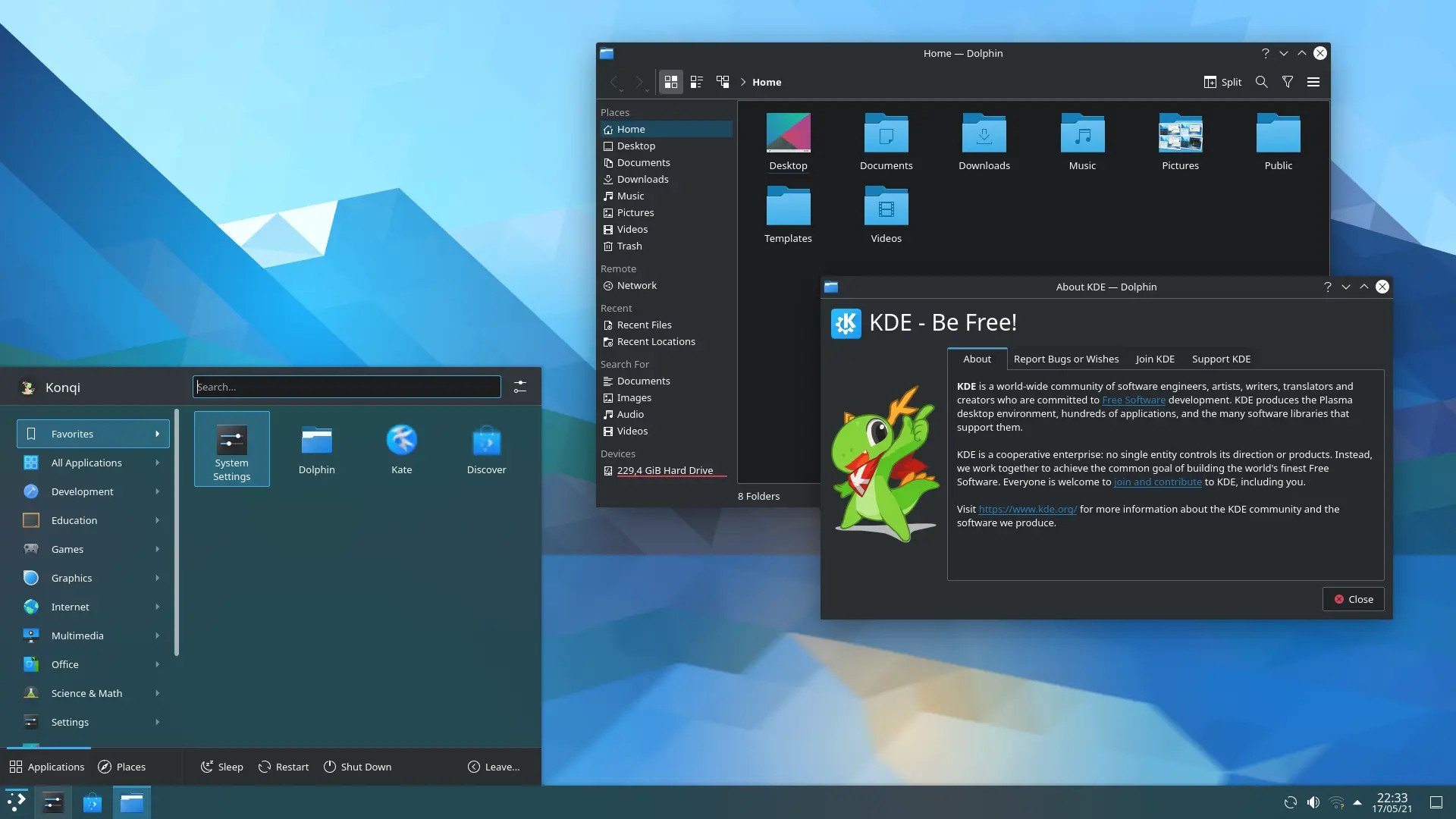
So, we're left with a simple question: why would you switch over to Linux operating systems? Why forego Windows, if you don't have to? Well, to begin with, extra options are always good. It's hardly secret that Windows is a reasonably bloated and somewhat inefficient OS. It's also not nearly as customizable as Linux, where different distributions offer wildly different computing experiences.
As we previously mentioned, too, SteamOS 3 is free. Windows, on the other hand, is not. To be sure - Windows will likely always be the superior productivity OS, but if you're just building a PC for gaming, then odds are good that SteamOS will be the superior option in a few years' time for the best OS for gaming, and the best gaming performance.
What's particularly noteworthy, however, are the gaming-specific features we previously went over. These are hardwired into the OS and effectively immutable. Sure enough, they do the sort of thing you can do on Windows, too, but having them implemented by default and easily accessible at a moment's notice is... well, invaluable, really.
Conclusion
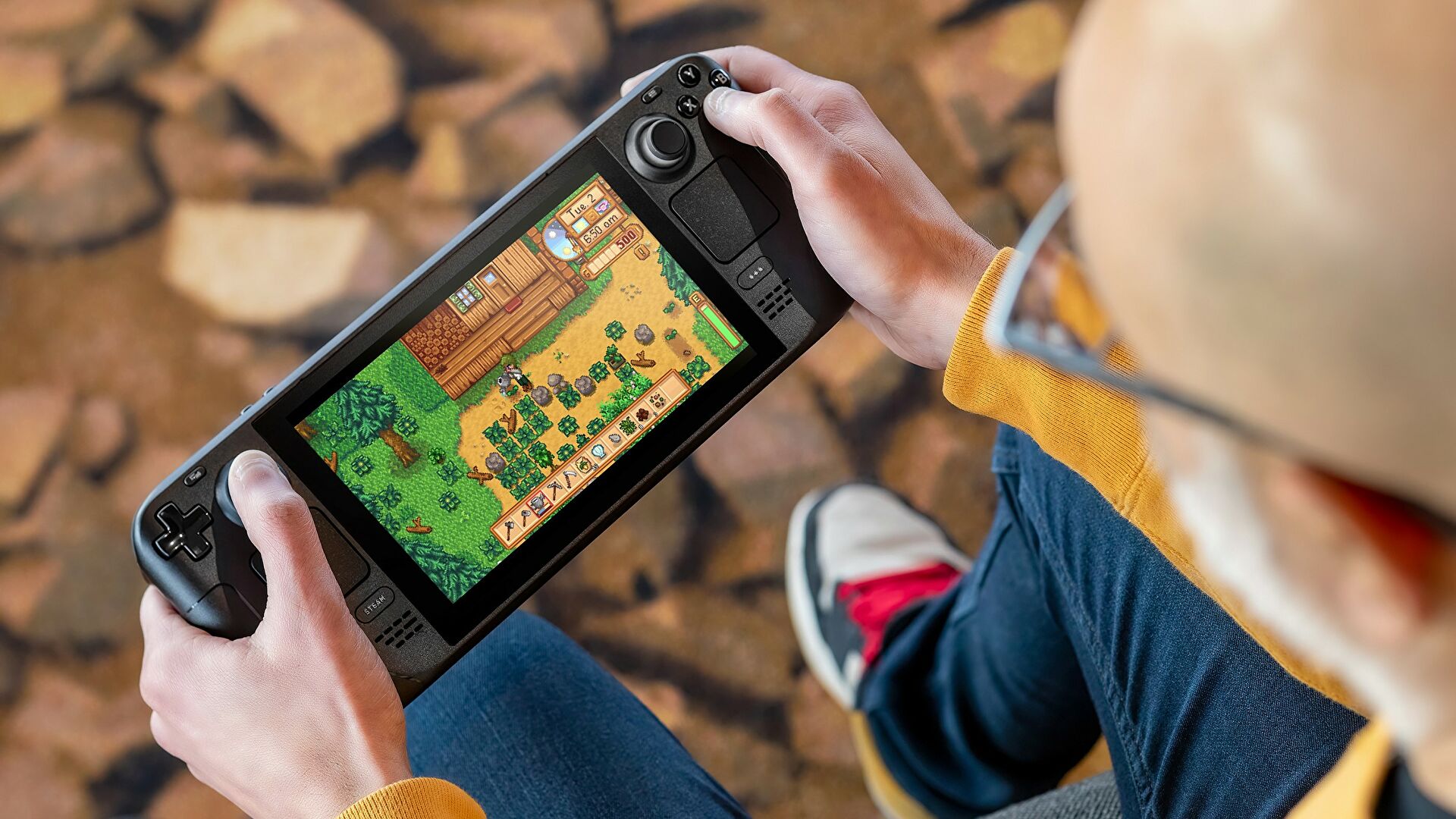
Our early overview of the best games for Steam Deck was, in fact, a rather conservative estimate. Valve's handheld gaming PC is proving to be a surprisingly flexible and efficient device, and the main reason why this is the case is - SteamOS 3.
Make no mistake - SteamOS 3 is the biggest thing that's ever happened to the previously negligible Linux gaming scene. Time will tell how effective it is in the grand scheme of things, of course, but it's already making waves in the gaming industry as a potential rival for the best OS for gaming. Once it launches as a desktop image, though, it'll get really fun. Nvidia drivers are already on the way!
In the meantime, if you're interested, we recommend checking out the r/SteamOS community to see it all in action. From users attempting to install SteamOS 3 on different gaming platforms to some of the growing pains the OS is currently having. It's a great time, and it's going to give you a stellar sense of how far Valve has come in the race to become the best gaming operating system.
With a veritable Linux-based gaming OS at hand, the dream of not using the Windows system for PC gaming is more realistic than ever before in 2022. Though Valve pulled the short straw with its first iteration of SteamOS on PC, things are way different now that the Steam Deck has launched. For the first […]